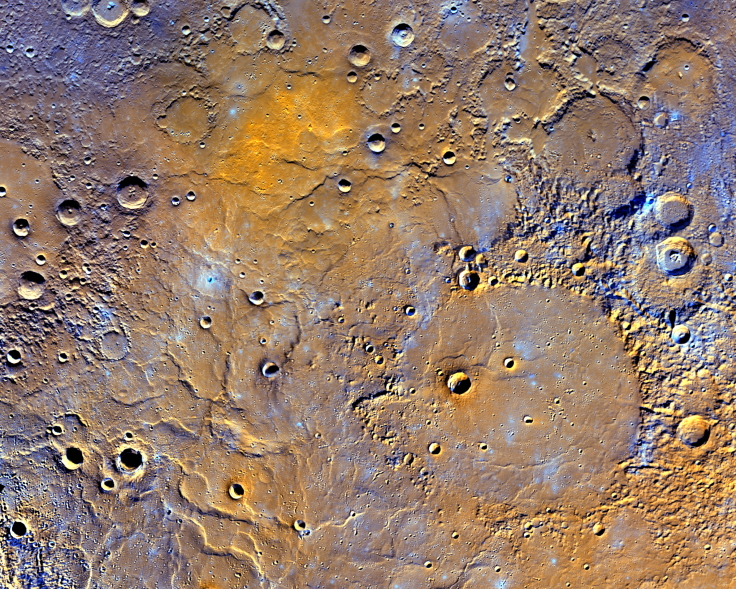Mercury’s Volcanoes Went Silent 3.5 Billion Years Ago, Mostly

Mercury, the planet closest to the Sun, had a volcanic past like all other terrestrial planets in our solar system, including Earth. But unlike our home planet, most volcanic activity on Mercury stopped a long time ago — 3.5 billion years ago, to be more or less precise, new research suggests.
Researchers studied effusive volcanism on Mercury to arrive at this conclusion. Effusive volcanic activity, one of two types of volcanism, connotes “widespread lava flows that slowly pour out over the landscape — believed to be a key process by which planets form their crusts.” The other kind is explosive — “often a violent event that results in large ash and debris eruptions.”
Effusive volcanism is still active on Earth, but stopped on Mars a few million years ago, and on Venus, a few hundred million years ago. In the absence of any physical samples from Mercury, researchers used photographs of the solar system’s inner-most planet’s surface, taken by NASA’s Messenger mission, and employed crater-size frequency analysis to arrive at their conclusion.
In this method, “the number and size of craters on the planet’s surface are placed into established mathematical models, to calculate absolute ages for effusive volcanic deposits on Mercury,” explained a statement from North Carolina State University (NCSU). The number it threw up was 3.5 billion years, a wide gap with the rest of the inner planets.
NCSU assistant professor and planetary geologist Paul Byrne, a co-author of the study published in the journal Geophysical Research Letters, explained the stark contrast.
“There is a huge geological difference between Mercury and Earth, Mars or Venus. Mercury has a much smaller mantle, where radioactive decay produces heat, than those other planets, and so it lost its heat much earlier. As a result, Mercury began to contract, and the crust essentially sealed off any conduits by which magma could reach the surface.”
The research gives planetary scientists further insight into the effects of planets cooling and contracting.
© Copyright IBTimes 2024. All rights reserved.





















